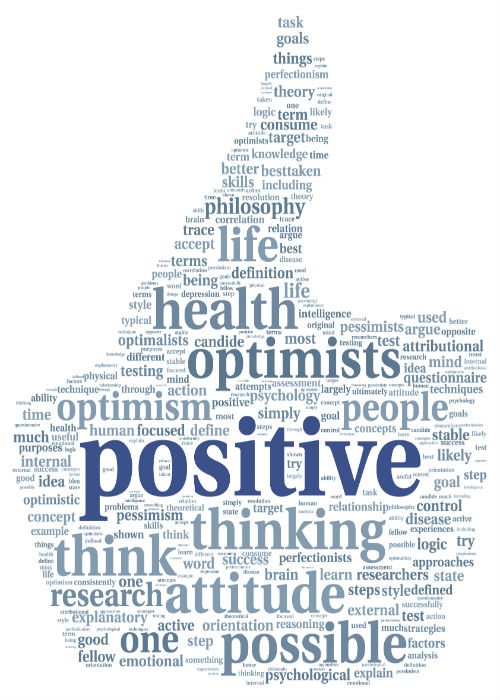 Interviewing gurus and career professionals have advised jobseekers for years to practice and focus the interview around the hiring company’s needs and expectations, however, some jobseekers still fail to properly prepare.
Interviewing gurus and career professionals have advised jobseekers for years to practice and focus the interview around the hiring company’s needs and expectations, however, some jobseekers still fail to properly prepare.
When the stakes are high, preparation is essential; a star witness at a trial, for example, or the President answering pointed questions from the press on a specific scandal. A bad interview will not end up as front page news, but your own personal headline could read, “Excellent candidate does not get job offer due to poor interview performance.”
Once things are said or done, they can’t be taken back. If making the right impression on a prospective employer is top on your list, then take your interviewing and speaking skills to the next level. Know what to expect in the interview, and don’t fool yourself into believing you can wing it.
As crucial as it is to practice your answers to common interview questions, don’t overlook the importance of the first few moments of meeting your interviewer.
Seven seconds is the average length of time you have to create a good impression, and there are no do-overs. A positive first impression will set the tone for your interview, so it is critical to get it right.
4 Guidelines For Making a Positive Impression in Seven Seconds
1. It’s all about the visual.
You may have success stories and accomplishments galore, but if your appearance is slovenly or your body language is off-putting, guess what employers will remember about you?
Hint: It’s not your sharp wit, or well-crafted interview answers.
Studies show that 93% of how you are judged is based on non-verbal factors. People will judge your book by its cover, so don’t discount the importance of a polished physical appearance.
Speaking of polish, one of the most overlooked parts of our wardrobe is our shoes. People’s eyes will usually do a quick head-to-toe check upon the first introduction. If you’ve got shabby shoes, it will be noticed. Don’t think you are hiding those scuff marks. Shoes should be polished as well as appropriate for the business environment. They may be the last thing you put on, but having polished and professional-looking footwear should be a first priority.
2. Choose Your First Words Carefully
Once your appearance has been given the once over and met with approval, the focus will turn to what you have to say. It’s important that the first words you say to an employer set the right tone. (Equally important is that your parting words leave the employer with a positive lasting impression.)
Express some form of appreciation for the opportunity to meet and use that person’s name within the first few seconds. This can be an attention-getter that sends a message that you value the other person and are prepared to give them your full attention.
3. Master the solid handshake
The first move you should make when meeting someone is to offer your hand to shake. But be ready to back up that offer with a solid handshake.
Anatomy of a solid handshake: Position your hand to make contact (web-to-web so to speak) with the other person’s hand. Then close your thumb over the back of the other person’s hand and give a slight squeeze. This should not be a bone-crushing squeeze, but enough that it is felt by the other person.
It might sound silly, but think of your handshake as a sending a message to the interviewer about the level of investment you are making in the interview. A weak handshake can send a message that you aren’t all in. Demonstrate your level of commitment to the interview and send a message of strength and confidence; Strong candidate. Strong handshake.
4. Match your body language to your verbal message
A smile or pleasant expression tells people that you are glad to be with them. Eye contact says you are paying attention. You should be making direct eye contact while introducing yourself and shaking the interviewer’s hand. Lack of eye contact does not instill confidence in what you are saying.
Leaning in toward the other person once the conversation is underway engages you with the interviewer. Use as many signals as you can to look interested and interesting.
Seven seconds doesn’t sound like much time, but it’s all you need to establish yourself as a polished and confident professional who is ready to get down to business.